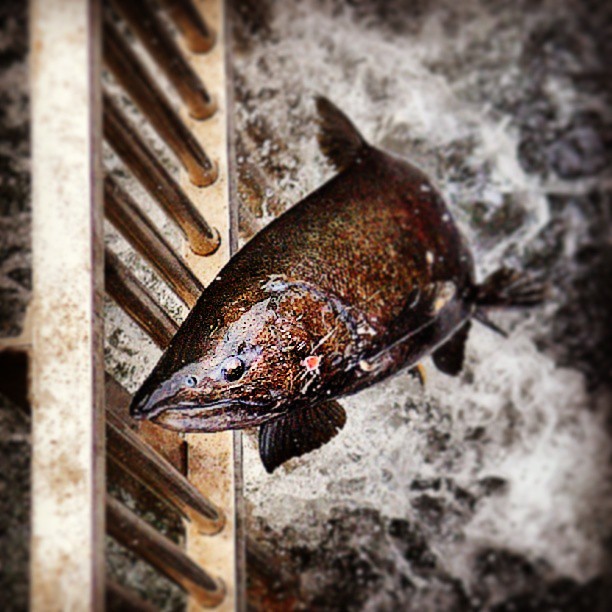Despite a 34,000 page long environmental study, the California Department of Water Resources cannot say exactly what a massive water diversion and habitat restoration program will do to at least nine of fifty Northern California delta species.The irony is that the Sacramento/San Joaquin valley water restoration and conservation project was expected to help endangered species, according to a Dec. 18 Sacramento Bee article.
The giant water diversion project will cost $25 billion and will use three massive tunnels to divert water from the Sacramento River.
The Bay Delta Conservation Plan’s first complete draft was released to the public this week. It will be available for a 120 day public review, notice and comment period.
The environmental impact report was supposed to clear up any issues with affected species, like salmon, cranes, fish and more. There are actually 57 endangered species that might be affected.
The problem is with several “not determined” findings from the U.S. Fish and Wildlife Service and the National Fish and Marine Fisheries Service. These federal agencies are at odds with the State Department of Fish and Wildlife service, which finds a “less than significant” effect on the nine species.
The federal agencies say it is too early to make a final determination. The state appears to be in a rush for approval, but the only support for any conclusions comes from computer modeling.
In other words, until this unprecedented and massive habitat restoration and water diversion project is actually built and operating, no one knows for sure what will happen to individual species or their habitats.
More at Examiner.com >>>

